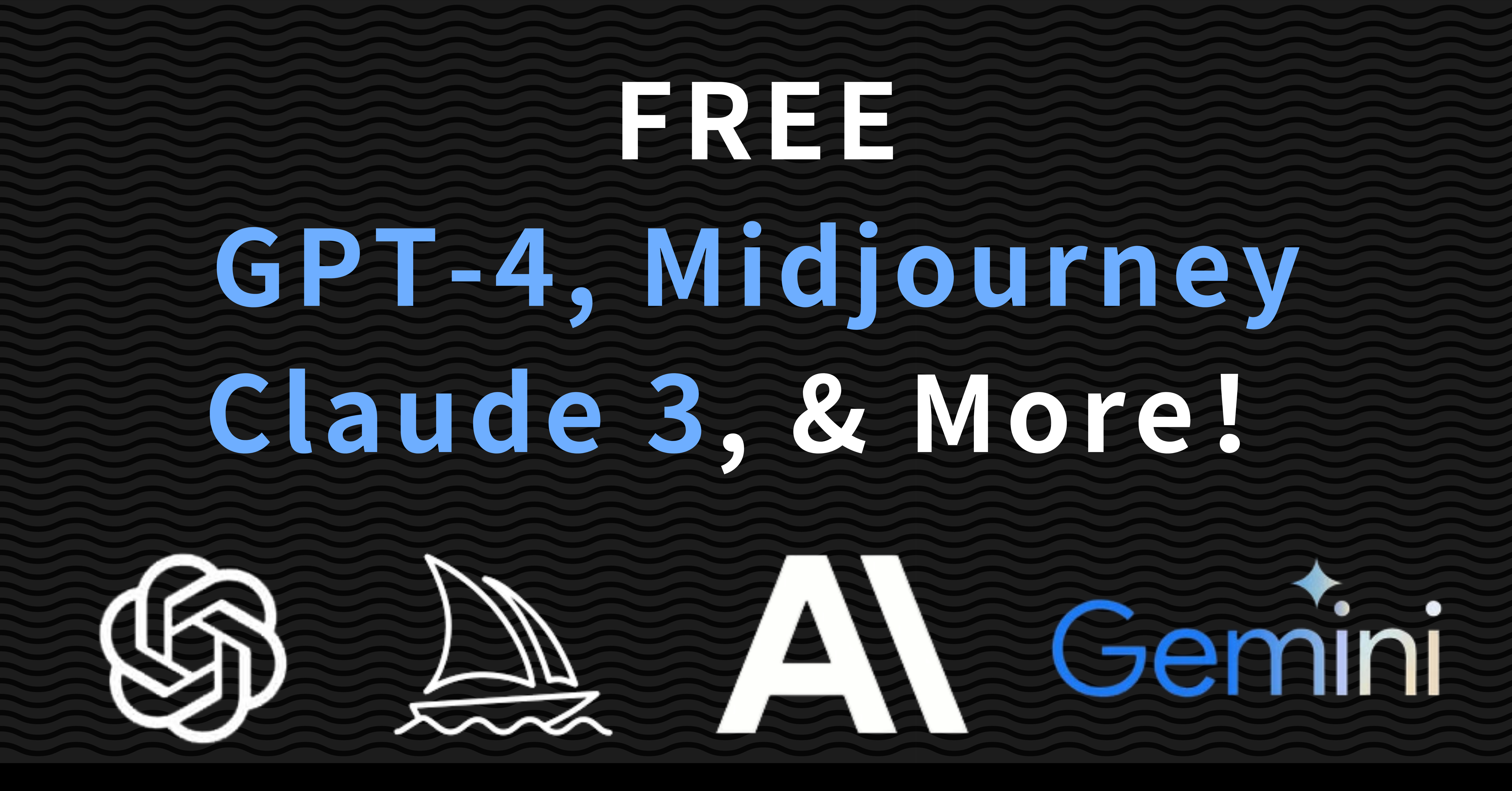Can AI Do Math Homework? Exploring the Capabilities and Benefits of AI Tools for Math Students

Introduction
"AI Robot Completes College-Level Math Exam in Minutes" – this headline from a recent article on Inside Higher Ed captures the imagination and curiosity of students and educators alike. As artificial intelligence continues to break new ground, its application in education, particularly in solving math problems, is becoming increasingly significant.
In today's educational landscape, AI's role goes beyond automating calculations. News outlets, such as KQED, have reported on how AI chatbots are transforming homework routines by assisting students with complex math problems previously requiring hours of hard work. This article aims to explore a critical question: Can AI do math homework?
We'll delve into real-world examples and practical applications of AI tools that are changing how students tackle math assignments. Unlike typical articles that only scratch the surface, we will uncover seldom-discussed aspects of AI's influence on learning. Our goal is to provide students aged 15 to 25 with actionable tips on effectively leveraging AI to not just complete their math homework but genuinely understand the underlying concepts.

Pay-as-You-Go:
Top Up from Just $1 Balance Never Expires
All-in-One: Access All Models in One Place
AI Total Data Privacy
Unlimited Usage Limitation
Accepts Fiat and Crypto Payments
Popular AI Tools for Math Homework
GlobalGPT:
Features and Capabilities
GlobalGPT, available at GlobalGPT's website, provides an advanced AI platform for solving math problems and offers multilingual support, making it accessible to a wider range of students globally. It can interpret and solve a variety of math problems from basic to advanced levels.
Usage Tips
To make effective use of GlobalGPT:
Pose questions in different languages to receive translated step-by-step solutions.
Use the platform to practice problems in preparation for exams.
Verify solutions against other AI tools to ensure accuracy.
It is particularly helpful for international students needing support in their native language.
ChatGPT-4:
Features and Capabilities
ChatGPT-4, accessible through OpenAI's website, excels at interpreting and solving complex math problems through natural language interaction. It can handle tasks from simple arithmetic to advanced calculus, providing solutions that mimic human reasoning.
Usage Tips
To make the most of ChatGPT-4:
Students can pose complex problems in natural language to receive step-by-step solutions.
Engage in dialog to understand the underlying principles of the problems.
Verify AI-generated solutions against textbook methodologies for accuracy.
Examples include asking it to solve quadratic equations step by step or to explain concepts like integrals and derivatives.
Wolfram Alpha:
Features and Capabilities
Wolfram Alpha, available at Wolfram Alpha's website, boasts a powerful computational engine capable of solving a vast array of mathematical equations and providing detailed visualizations. It covers topics ranging from basic arithmetic to advanced subjects like differential equations and linear algebra.
Usage Tips
Students can:
Input different types of math problems, from algebraic expressions to calculus equations.
Utilize visual outputs to better understand graphical representations.
Break down multi-step problems into manageable parts for straightforward solutions.
Using Wolfram Alpha to plot functions or verify the steps in solving a system of equations can be particularly beneficial.
Photomath:
Features and Capabilities
Photomath, accessible via Photomath's website, simplifies solving math problems by using a smartphone camera to scan handwritten or printed text. It instantly analyzes and solves math problems while providing step-by-step solutions.
Usage Tips
To get the most out of Photomath:
Students should scan homework problems to get quick solutions and ensure they understand each step.
Use Photomath to verify the accuracy of manually solved problems.
Ideal for quick checks and understanding solutions to repetitive practice problems.
This can be particularly useful when students are stuck on a particular type of problem and need immediate assistance.
Microsoft Math Solver:
Features and Capabilities
Microsoft Math Solver, available at the Microsoft website, offers a comprehensive suite of tools for solving a variety of math problems, giving step-by-step explanations and employing multiple solving methods. It covers topics from algebra and calculus to statistics.
Usage Tips
Students should:
Use it to receive step-by-step guides for complex problems.
Explore the multiple solving methods provided to find the one that best suits their understanding.
Apply it to topics like calculus, where understanding the process is crucial.
For example, using Microsoft's Solver to tackle calculus integrals or statistical analysis problems can deepen understanding.
Symbolab:
Features and Capabilities
Symbolab, accessible through Symbolab's website, is lauded for its comprehensive step-by-step solutions across a wide range of mathematical disciplines. It’s particularly effective for students needing detailed breakdowns of complex problems.
Usage Tips
Students can:
Leverage Symbolab for understanding the nuances of difficult mathematical concepts.
Use it as a supplementary tool to work through problems step by step.
Benefit from its capabilities in solving and understanding complex calculus or algebra problems.
Detailed exploration of subjects like optimization problems or differential equations can be enhanced through Symbolab.
Practical Applications of AI in Math Homework
Algebra and Equations:
Examples of AI in Action
AI tools such as ChatGPT-4, Wolfram Alpha, and GlobalGPT can solve algebraic equations, including both linear and quadratic equations, and provide detailed steps for solving inequalities.
Step-by-Step Walkthroughs
Students can follow detailed walkthroughs by inputting problems such as solving x^2 + 5x + 6 = 0 in Wolfram Alpha, where each step is explicitly shown and explained.
Calculus:
Handling Derivatives and Integrals
Handling calculus problems, these AI tools excel in breaking down differentiation and integration steps, making the learning process cohesive.
Visual Learning
Visualization tools in Wolfram Alpha can graph functions, providing both a visual and analytical approach to learning calculus.
Statistics and Probability:
Data Analysis
AI tools can handle data analysis, performing tasks such as probability calculations and interpreting data sets, which is useful for subjects like statistics and econometrics.
Real-World Examples
For instance, solving problems related to probability distributions can be greatly accelerated with AI, making complex data insights more accessible. Imagine using AI to analyze the probability outcomes in a set of bio-statistical data.
Benefits and Best Practices
Enhancing Understanding
AI helps demystify mathematical concepts by providing step-by-step explanations, thus enhancing students' depth of understanding.
Efficient Learning
Students save time and improve their study efficiency by leveraging AI to tackle routine problems, allowing them to focus on more challenging concepts.
Avoiding Over-Reliance
It is crucial to use AI as a complement to traditional learning methods to ensure students grasp the mathematical principles and maintain strong problem-solving skills.
Potential Challenges and Solutions
Accuracy Issues
AI tools are not infallible and can sometimes provide incorrect answers. Cross-checking results with traditional methods or additional AI tools is essential.
Misuse of AI
There's a risk of students misusing AI for academic dishonesty. Educators must emphasize the ethical use of AI to foster genuine learning.
Balancing AI with Traditional Methods
Encouraging a balanced approach where AI is used to enhance, not replace, traditional problem-solving methods ensures students develop critical thinking skills.
How to Get Started with AI Tools
Choosing the Right Tool
Selecting an AI tool should be based on specific math topics and the student's learning style. Some tools might be better suited for algebra, while others might excel at calculus.
Learning Curve
Most AI tools require a period of adaptation. Students should invest time in learning how to use these tools effectively to fully benefit from their capabilities.
Resource Recommendations
Students can complement AI tools with online tutorials, forums, and study guides to enhance their learning experience. Resources like Khan Academy or Coursera can offer additional support.
Conclusion
Summary of Main Points
This article reviewed several AI tools enhancing math homework, including ChatGPT-4 for its natural language problem-solving, Wolfram Alpha for its comprehensive computational engine and visualizations, Photomath for on-the-go solutions via camera scans, Microsoft Math Solver for detailed step-by-step explanations, Symbolab for breaking down complex problems, and GlobalGPT for its multilingual support.
Encouragement for Responsible Use
It's crucial to use these tools responsibly as supplements to traditional learning methods, not replacements. They offer a way to understand and solve problems but should not substitute the learning process. Using AI responsibly helps develop critical thinking and solidifies foundational math skills.
Looking Ahead
The future of AI in education looks promising with continuous improvements enhancing tool accuracy and personalization. As AI evolves, it will deliver deeper insights and more adaptive learning environments, adjusting to individual student needs. The balance of AI innovation with traditional learning principles will cultivate proficient problem-solvers well-equipped for future challenges.
See Also
Free Mastery of Claude 3 Opus: An In-Depth Manual
Free Access to GPT-4: A Detailed Tutorial
AI Empowerment: Unleashing the Potential of ChatGPT
